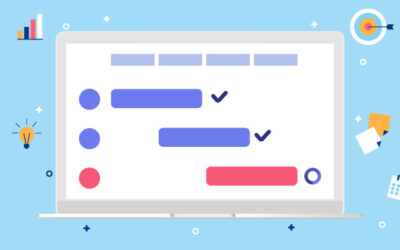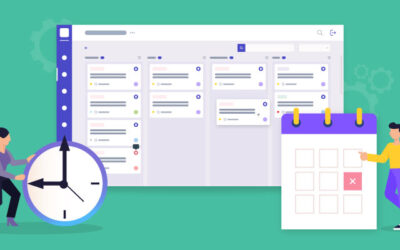The Best Methodology Between Agile vs Waterfall
This article practically defines the meaning of agile and waterfall methodology and explains which is the best among these two methodologies. So, this writing is simply about agile vs waterfall.
What is Development Methodology?
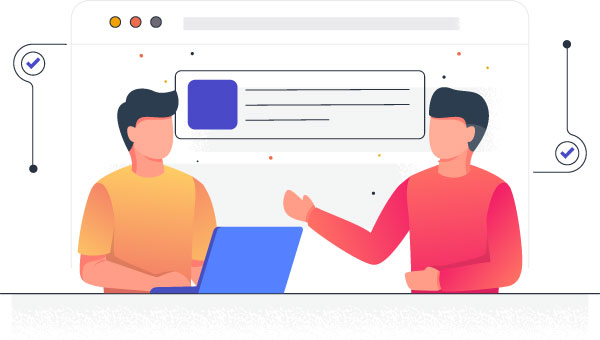
To put it clearly, the development methodology defines how the tasks are composed and how they are imposed on the project. Before beginning a development task, it is essential to decide as a team to reach the project. Because of the existence of two leading methodologies, it is quite tricky to make a decision. They are waterfall methodology vs. agile. These two methodologies are generally in use for developing the software and also for managing the project. This, in turn, connects them to project management and software development.
Description Of Agile Methodology
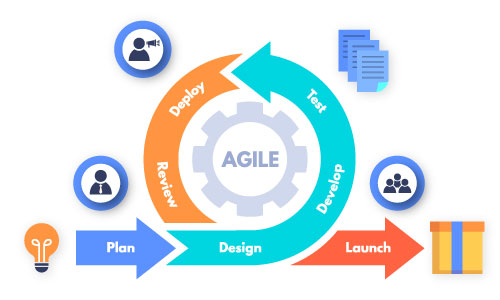
Around 27.4% of the manufacturing companies depend on agile methodology. This agile methodology gives more value to adapting and involving procedures and strategies. Agile has various branches like XP, kanban, scrum, unified, lean, and more.
Time and teamwork or team coordination are the two main and essential aspects of agile. This methodology, rather than building a timeline for developing software, break the task into single objective portions. These single pieces are known as sprints. These sprints survive for a few weeks. After the completion of one sprint, the agile provides the customer with a feedback option. Smarter with Gartner’s study shows that AI will automate 80% of agile work by 2030.
PwC research reveals that agile methodology projects are 28% extra successful compared to traditional methodology projects. Powerful teamwork and collaboration tools are the major reasons for 54% of companies using the agile methodology.
Description Of Waterfall Methodology
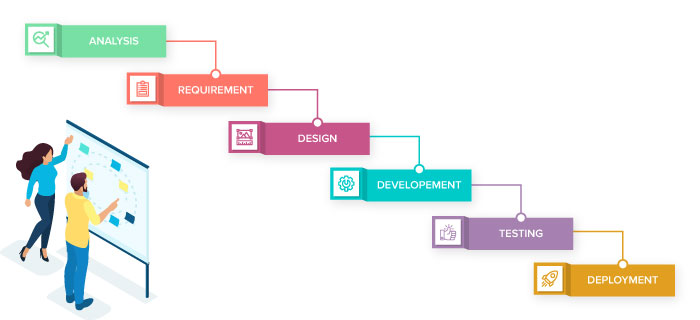
This development methodology is a traditional method. Because of its linear model characters, every phase of the procedure is done in a sequence and solely. So, the project is done by completing the stages one by one. Only after the 100% completion of one stage, the team can move to the next step. Every section contains a set of clear objectives and the norms for review. All these lists make the project management procedure easy.
Planning, constructing, and checking the project is performed in a single attempt. So, the whole business credit is given at the edge of the task or project. The features like stable work scope and big upfront planning make this methodology best for contracts with a fixed budget. This waterfall methodology needs accurate managing of goals and clearness towards the customer.
The waterfall strategy for developing software is done in a sequence. The waterfall methodology separates the development procedure into six stages. They are discovering, designing, coding, examining, deploying, and maintenance. Stage 2 starts only after the completion of stage 1. Stage 3 starts only after the completion of stage 2, and the list goes on till stage 6.
Benefits of the Waterfall and Agile Methodologies
This is almost about waterfall methodology vs. agile methodology, while the benefits act as the source of this section.
Benefits of Agile development approach
The advantages of this approach are given below. They are:
a) Customer engagement
One of the plus points is agile will do anything for customer’s satisfaction. The agile approach helps in the interactions between the customers and the development teams or departments.
b) Adaptability
This methodology enables the stakeholders to arrange the objectives as per their preference and follows the sequence. Now, this is one of the best elements of agile, i.e., adapting to the change. It also performs and adjusts to the change made by the team and processes the planned sprints.
c) Friendly procedure
Agile methodology is a great consumer-friendly product. It also gives out high-quality content. The customers get feedback and review options after every sprint. Also, the products that use agile for development are super friendly.
Benefits of the waterfall development approach
Few objectives of the waterfall methodology are given below. They are:
a) Open framework
Precise and realistic insight into the project and the project timeline are created even before the project or task starts. It also has already made objectives for clean understanding. The development team and the customers agree in advance on the project scope.
b) Documentation
As you know that there are several stages in the waterfall methodology. So, every single process of the stage is listed in the documents. Everything is kept in files to avoid any kind of chaos and misunderstanding in the team.
c)Work splitting
All the waterfall methodology processes don’t consume the time of the entire development department. Based on the stage and situation, particular members of the team are only needed. At the same time, the rest of the teammates focus on their work.
Drawbacks of agile and waterfall
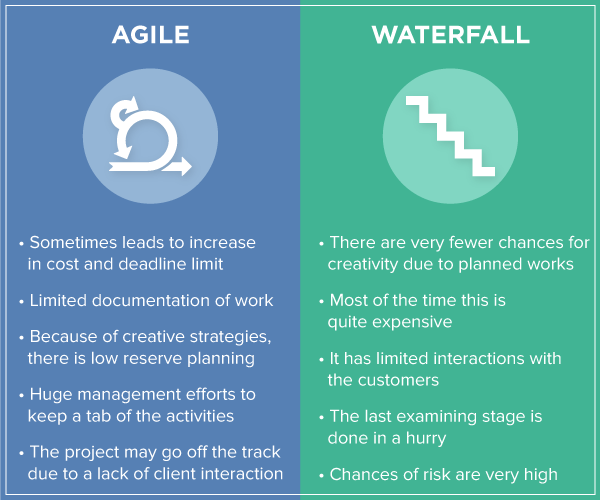
Even these methodologies have cons apart from the advantages. These are mentioned below.
Agile:
- Sometimes leads to increase in cost and deadline limit
- Limited documentation of work
- Because of creative strategies, there is low reserve planning
- Huge management efforts to keep a tab of the activities
- The project may go off the track due to a lack of client interaction
Waterfall:
- There are very fewer chances for creativity due to planned works
- Most of the time, this is quite expensive
- It has limited interactions with the customers
- The last examining stage is done in a hurry
- Chances of risk are very high
Types of projects
Below are the types of projects that are good for agile and waterfall methodology. The risk rate for project failure is 21% in waterfall methodology and 8% in agile methodology. So, it is agile vs waterfall in terms of the kinds of best suitable tasks for each of them.
Projects for the agile methodology are:
- The projects or tasks that have an active client
- Projects that have a scope for altering the essential requirements
- The companies that hold the duty for the entire procedure of the project
- Massive, complicated, and undefined projects
Projects for the waterfall methodology are:
- The projects and tasks that don’t have a client or customer
- The projects that have a fixed budget, duration, and scope
- Projects with remote employees or different companies
- Easy, defined, and small projects and tasks
Choosing between agile vs waterfall
It is not easy to define which is the best between the agile and waterfall methodologies as they have their pros and cons. The Waterfall methodology is more like linear and traditional methodologies. Agile methodology has various departments—for example, kanban, scrum, and lean. Ambysoft’s 2013 survey shows that agile methodology has a 64% project success rate. At the same time, waterfall projects have only a 49% project success rate.
There is one major difference that can distinguish the waterfall and agile methodology. The projects that use agile are completed respectively in a rotation. At the same time, the waterfall tasks are finished in a series. A report by TrustRadius reveals that less than one professional uses the waterfall methodology in every five experts. 81% of companies utilize agile methodology rather than a waterfall methodology.
Below are a few aspects to consider while looking for development methodologies.
- The total volume of the project
- The complicatedness of the task
- Company factors or components
- Stakeholders and other inner and outer partners
- Length and term of the project
Best Project Management Software
Some of the best project management software in the market are listed below. They are:
1. PeppyBiz
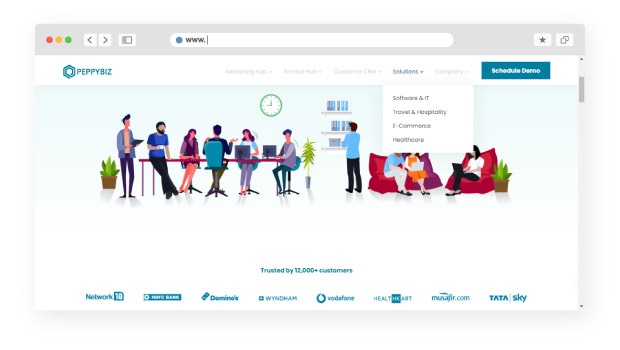
This software is friendly and affordable. It is suitable for companies in IT, software, health care, travel, hospitality, and a few more. Across the world, it has 12,000+ users. PeppyBiz is the best for startup companies, small businesses, and also heavy industries. This software came to the market in the year 2019. It has calendar views, mergers, Gantt projects, deadlines, and many more.
2. Wrike
This is a cloud-based project management software. Wrike is good for the waterfall approach projects. Their software is suitable for startups and even huge industries. It gives real-time updates and notes on the task. Some of the features are easy collaboration tools, file sharing, bug tracking, and time tracking. They also have a free trial.
3. Clickup
This is one of the good software for project management. It is suitable for agile development approach projects. Their software offers a drag and drag choice. This software is friendly, and they have a free app version. Clickup software can operate on various gadgets such as desktop, mobile phone, laptop, and a few more. It also has a good tracking system with powerful tools.
4. Jira desk
This software is best suitable for agile methodology projects and tasks. Jira software is easy to use and has powerful software. It has more than 200+ integration tools to connect with third-party apps. Their software is available at a low price. Jira software helps in creating scrub boards. It has tracking options, kanban boards, and many more.
5. Smart sheet
It is SaaS-based software and is good for waterfall projects. This software is offering services for the last 14 years. They are available in several languages. Smartsheet software deploys and performs on iOS, Android, and web-based systems. Their software uses active automation tools along with powerful collaboration tools.
6. Proggio
This is a next-generation software for project management. Proggio is good for agile using projects. It has one of the best management and collaboration tools. Some of these software features are visual tracking, list views, timelines, board views, and many more. They also offer a free trial.
7. Leankit
This also offers one of the best solutions for agile projects. It has real-time kanban boards that are easy to use. Their software is also good for cross-team collaborations. Issue tracking, templates, lean metrics, bug tracking, portfolios are some of this software’s features.
8. ProjectManager
Some of the features are task lists, dashboards, Gantt charts, Kanban boards, and many more. It offers limitless storage, real-time analysis, templates, and multiple view options. This is good for the waterfall methodology type of projects.
9. GitHub
This is the biggest host of the Git server. It helps in creating a public and private space for the team members. Some of the features are labels, tracking elements, mentions, pull requests, and many more. GitHub software gives the best solutions and tools for agile development methodology projects. They also offer a free trial of their software.
10. Active Collab
Instead of Gantt charts, it has a column view and timeline. Active collab software has some of the best tools for agile tasks. This software helps in keeping recurring tasks and progressing the project. It has functions like labels, documentation, work reports, and a few more.
Conclusion
In conclusion, after seeing the statistics, it is clear that agile has the most success rate and lower failure rate than the waterfall approach. So, in this race of agile vs waterfall, agile is leading as of now. In Belgium and the Netherlands, 76% of businesses assume that agile projects will overthrow the waterfall methodology by 2020, a report by KPMG. But, this doesn’t mean that the waterfall methodology is not useful. From the above information, it is evident that both are helpful for a project management and software development team in their way.


